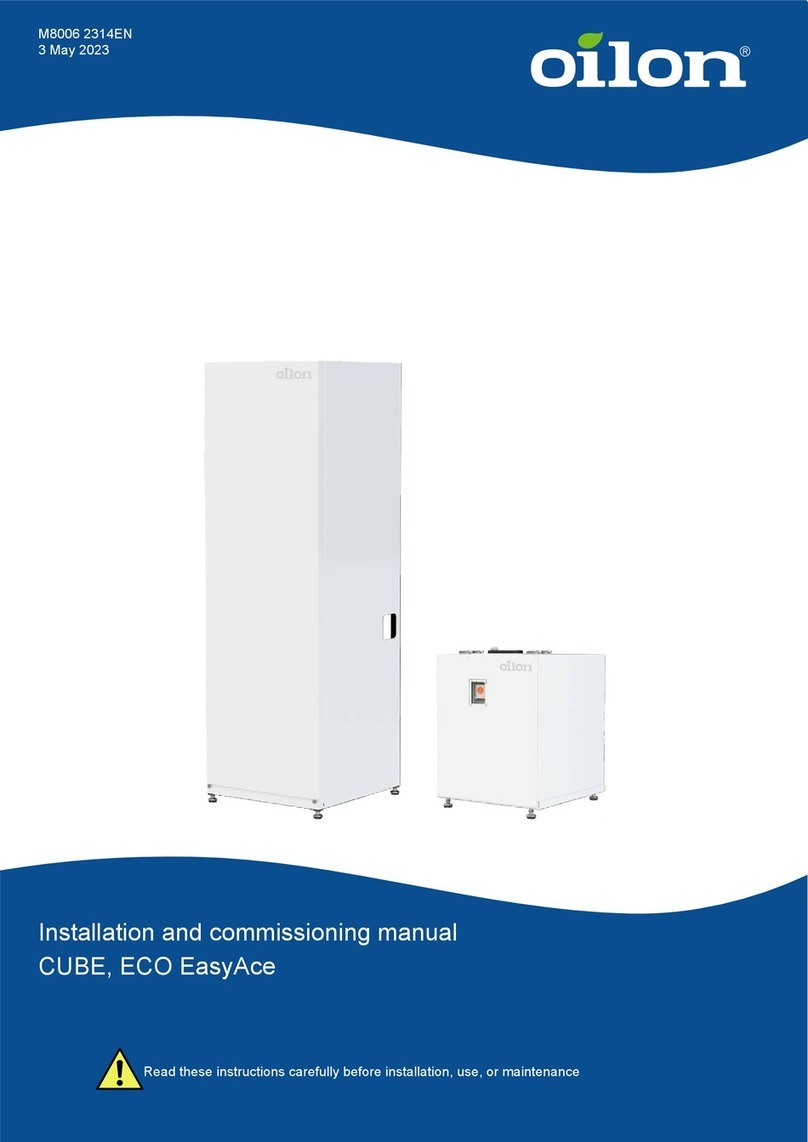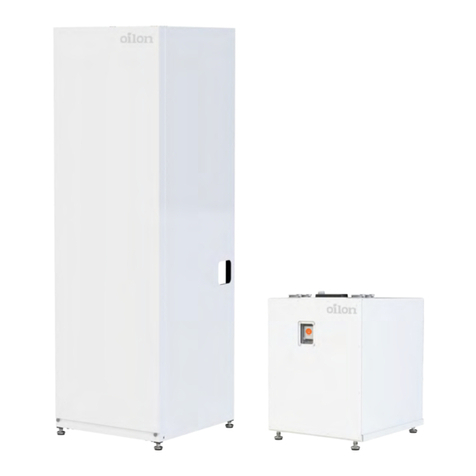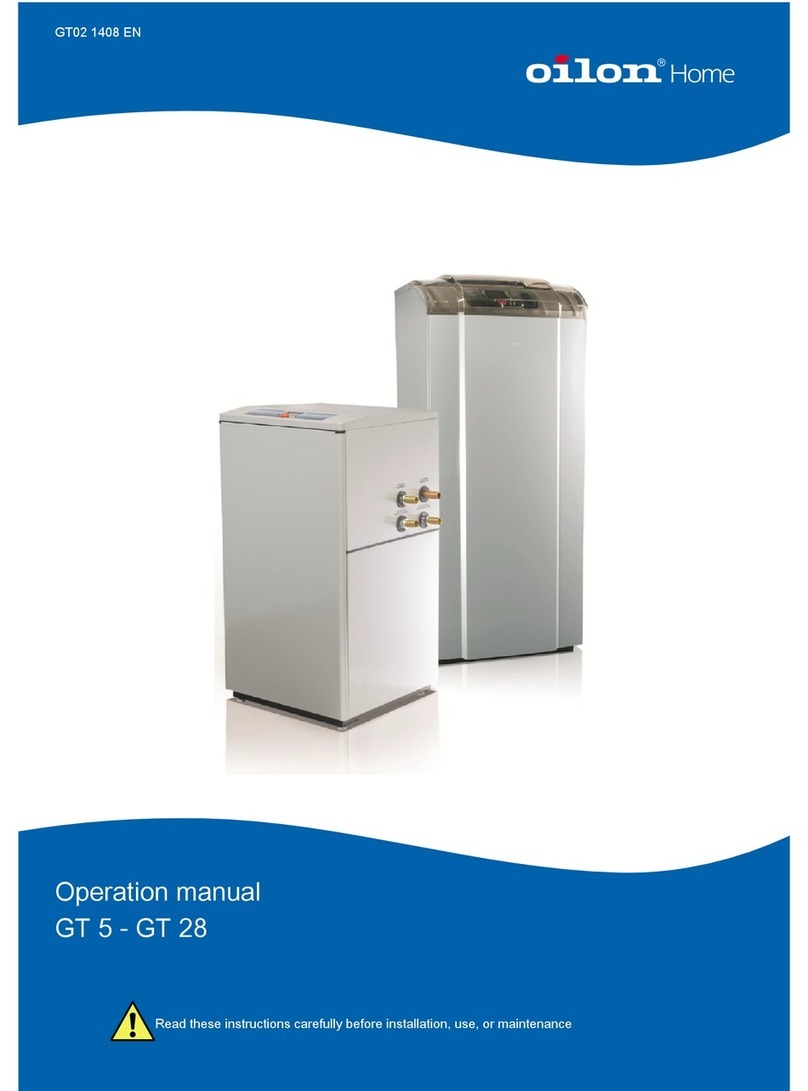
Potential health hazards First aid measures
SKIN: Irritation would result from a defatting action
on tissue. Liquid contact could cause frostbite.
Promptly flush skin with water until all chemical is
removed. If there is evidence of frostbite, bathe with
lukewarm water. Do not use hot water, and do not
rub. If water is not available, cover with a clean,
soft cloth or similar covering. Get medical attention
if symptoms persist. Treatment of overexposure
should be directed at the control of symptoms and
the clinical conditions.
EYES: Liquid contact can cause severe irritation
and frostbite. Mist may irritate.
Immediately flush eyes with large amounts of water
for at least 15 minutes. In case of frostbite, water
should be lukewarm, not hot. Lift eyelids occasionally
to facilitate irrigation. Get medical attention if
symptoms persist.
INHALATION: The refrigerant is low in acute
toxicity in animals. When oxygen levels in air are
reduced to 12-14 % by displacement, symptoms
of asphyxiation, loss of coordination, increased
pulse rate and deeper respiration will occur. At high
levels, cardiac arrhythmia may occur.
Immediately remove to fresh air. If breathing has
stopped, give artificial respiration. Use oxygen as
required, provided a qualified operator is available.
Get medical attention immediately. DO NOT give
epinephrine (adrenaline).
INGESTION: Ingestion is unlikely because of
the low boiling point of the material. Should it
occur, discomfort in the gastrointestinal tract from
rapid evaporation of the material and consequent
evolution of gas would result. Some effects of
inhalation and skin exposure would be expected.
Ingestion is unlikely because of the physical
properties and is not expected to be hazardous. DO
NOT induce vomiting unless instructed to do so by a
physician.
DELAYED EFFECTS: None known Not applicable
Flammable properties Fire fighting measures
Material itself is not flammable. Its autoignition
temperature is 750 °C, 1,382 °F.
UNUSUAL FIRE AND EXPLOSION HAZARDS: The
refrigerant is not flammable at ambient temperatures
and atmospheric pressure. However, this material
will become combustible when mixed with air under
pressure and exposed to strong ignition sources.
Contact with certain reactive metals may result
in formation of explosive or exothermic reactions
under specific conditions (for example very high
temperatures and/or appropriate pressures).
SPECIAL FIRE FIGHTING PRECAUTIONS AND
INSTRUCTIONS: Firefighters should wear self-
contained, NIOSH-approved breathing apparatus
for protection against possible toxic decomposition
products. Proper eye and skin protection should
be provided. Use water spray to keep fire-exposed
containers cool.
Risks Preventive measures
EXPOSURE CONTROLS, PERSONAL
PROTECTION, AND ACCIDENTAL RELEASE
MEASURES
IN CASE OF SPILL OR OTHER RELEASE: Always wear recommended personal protective
equipment. Evacuate unprotected personnel.
Protected personnel should remove ignition sources
and shut off leak, if without risk, and provide
ventilation. Unprotected personnel should not
return until air has been tested and determined
safe, including low-lying areas. Spills and releases
may have to be reported to federal and/or local
authorities. Regarding reporting requirements refer
to the Material Safety Data Sheet of the refrigerant
manufacturer.
ENGINEERING CONTROLS: Provide local ventilation at filling zones and areas
where leakage is probable. Mechanical (general)
ventilation may be adequate for other operating and
storage areas.
CHS01 1951EN 5 (63)


































